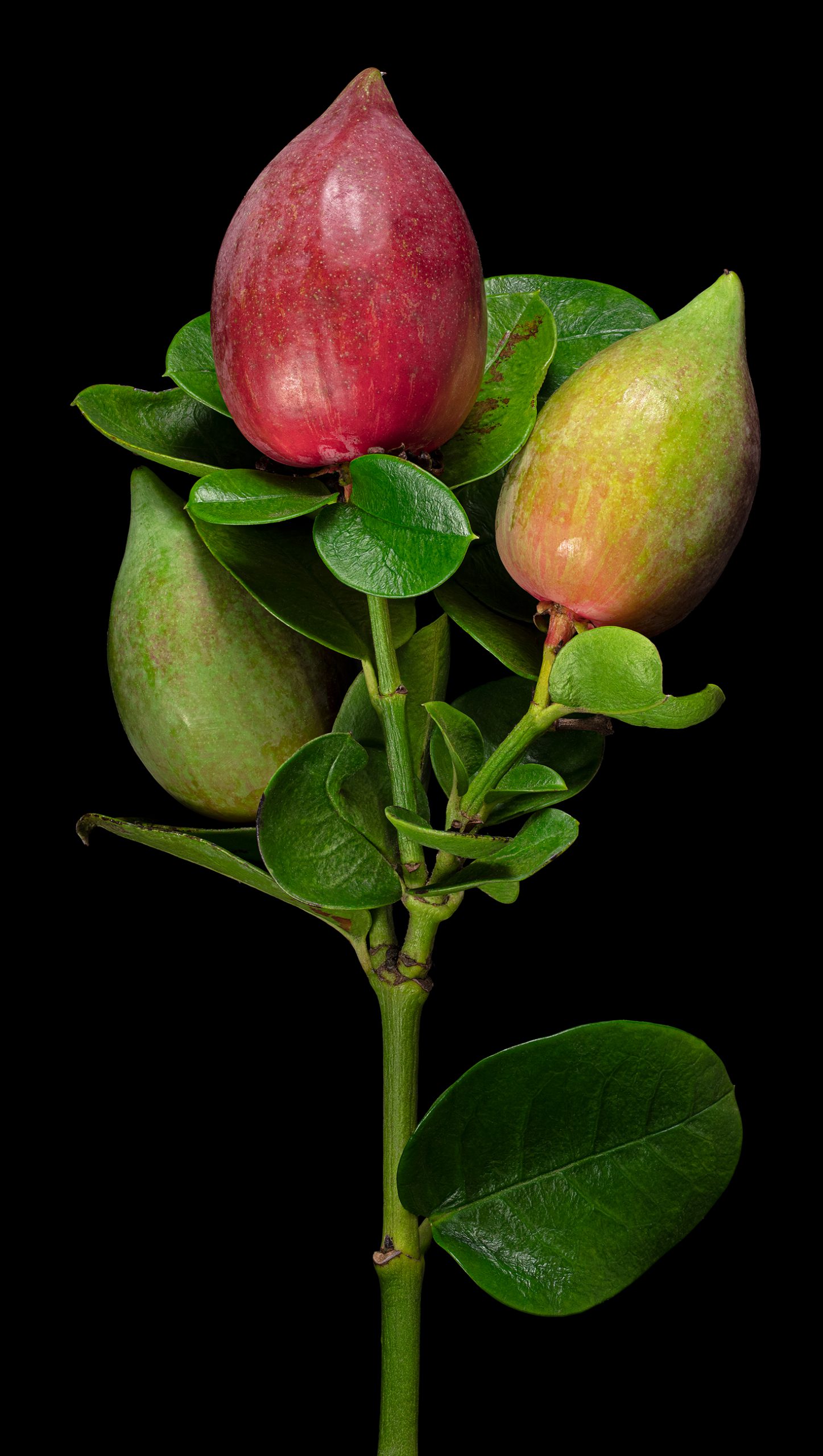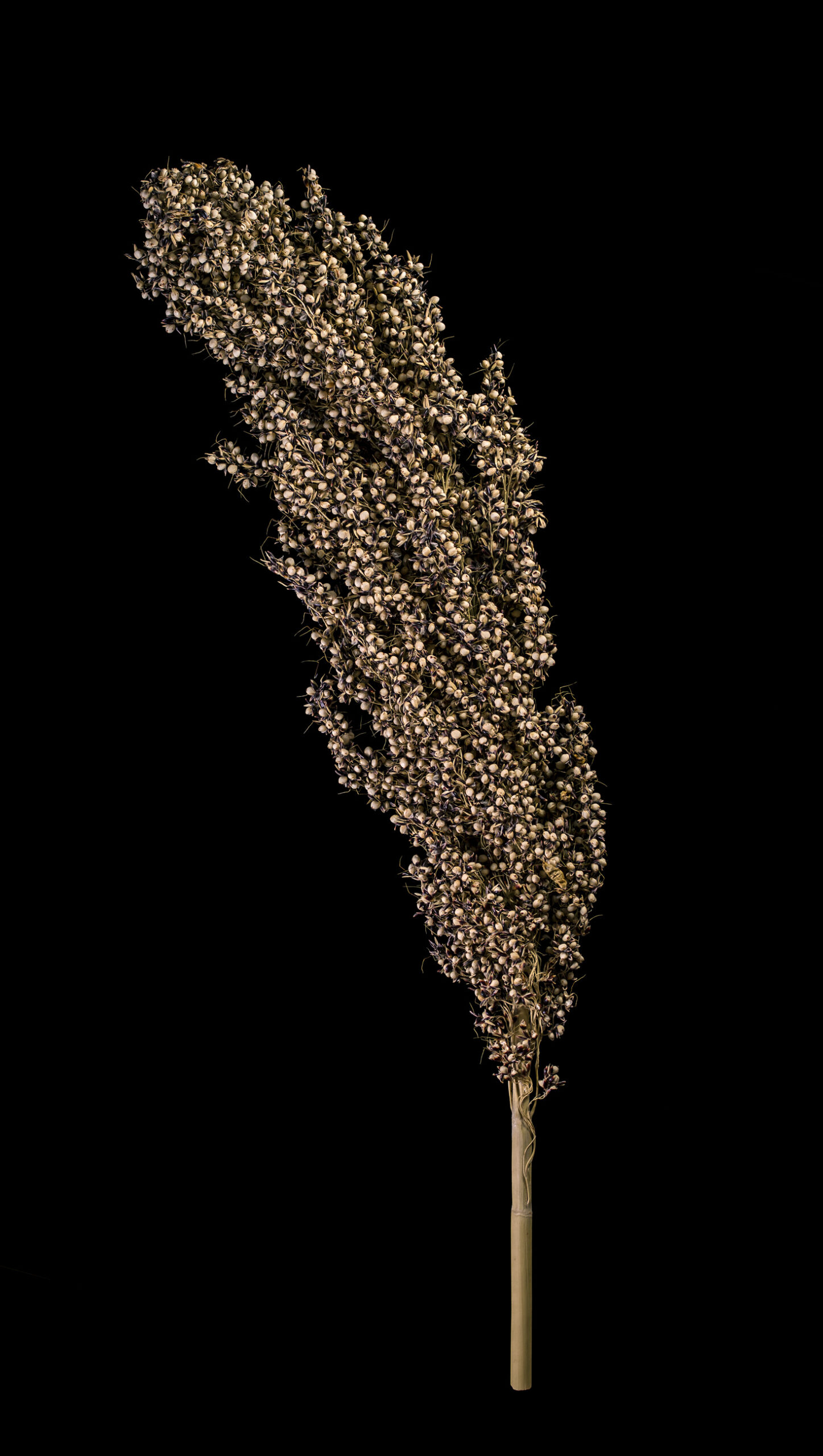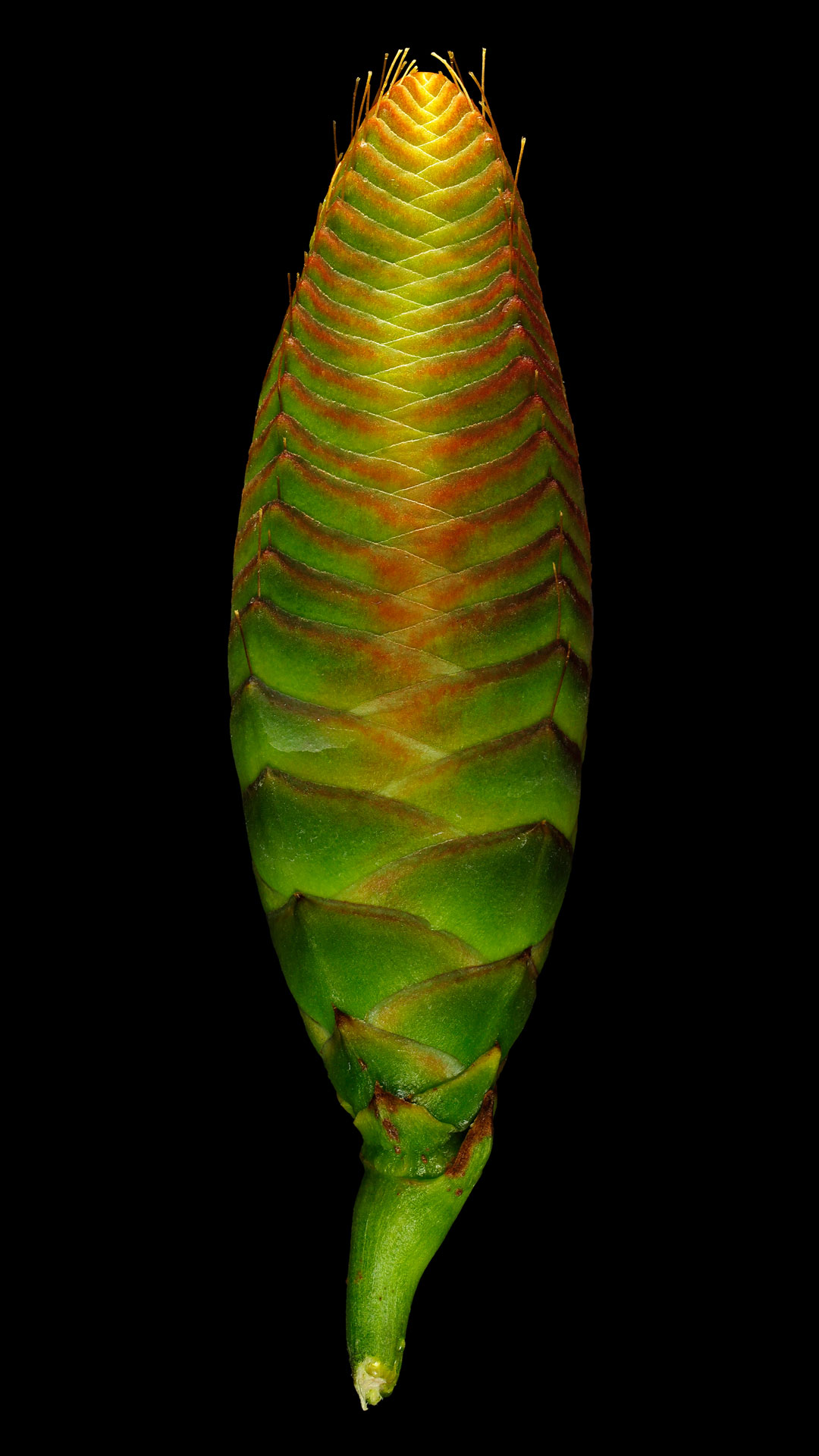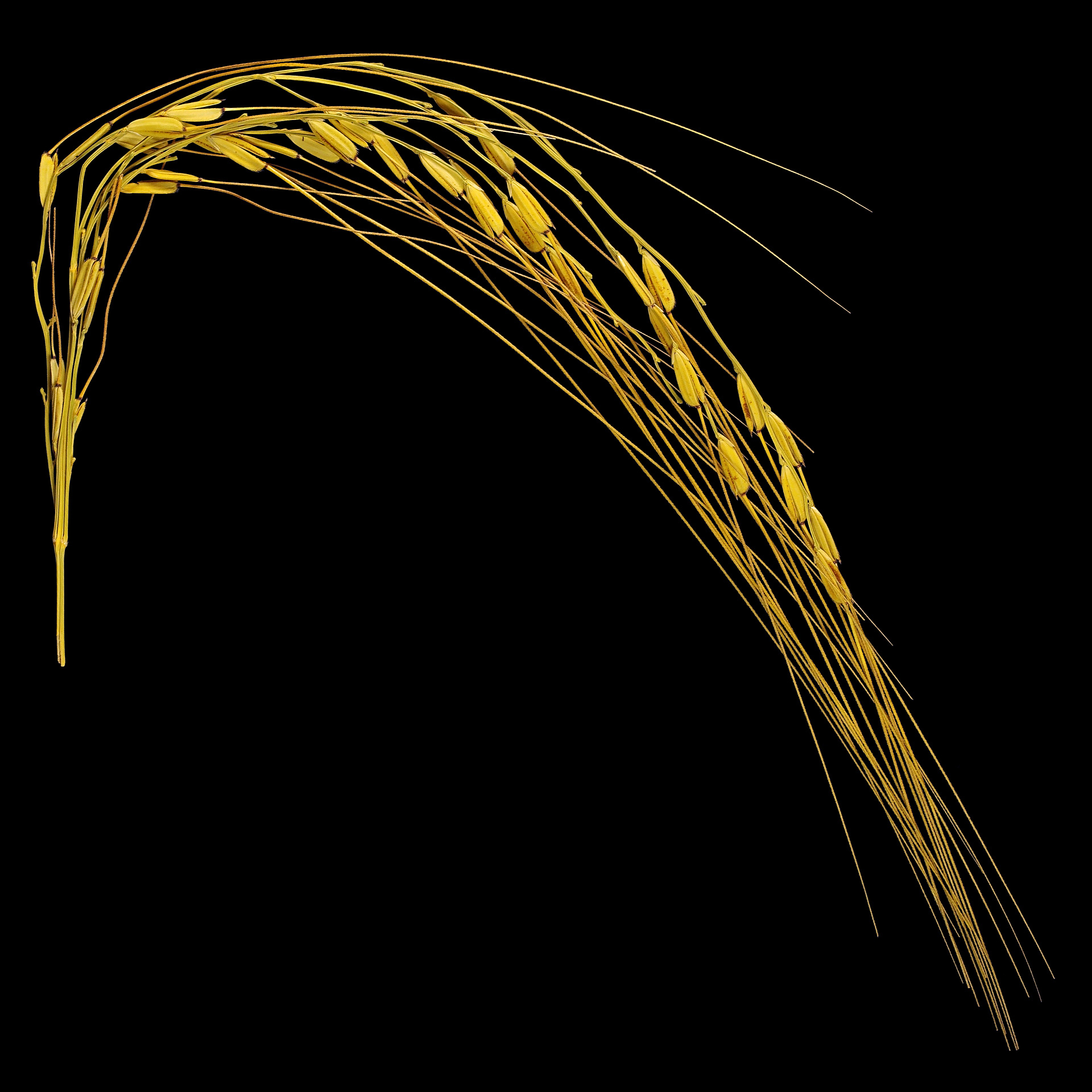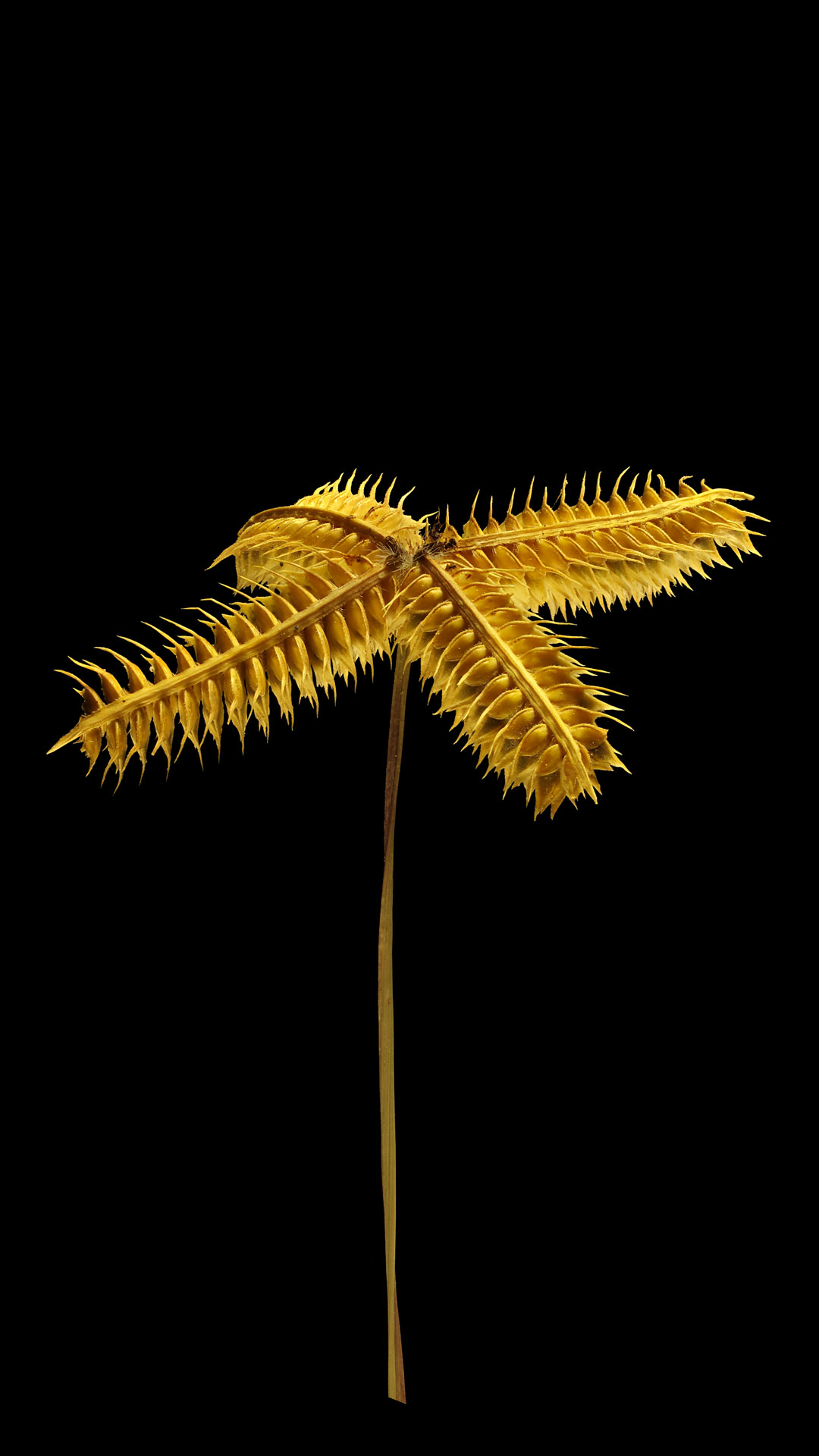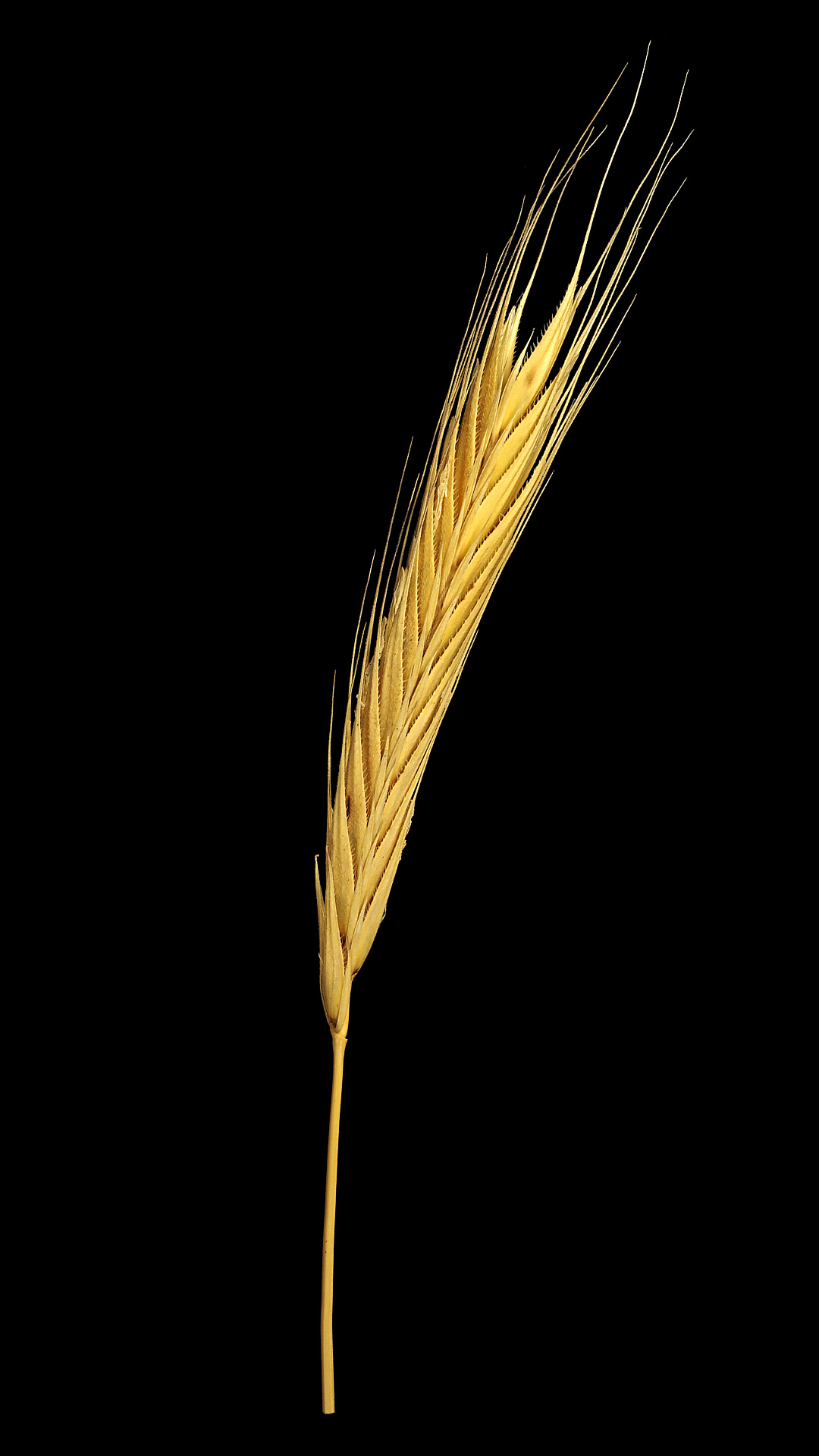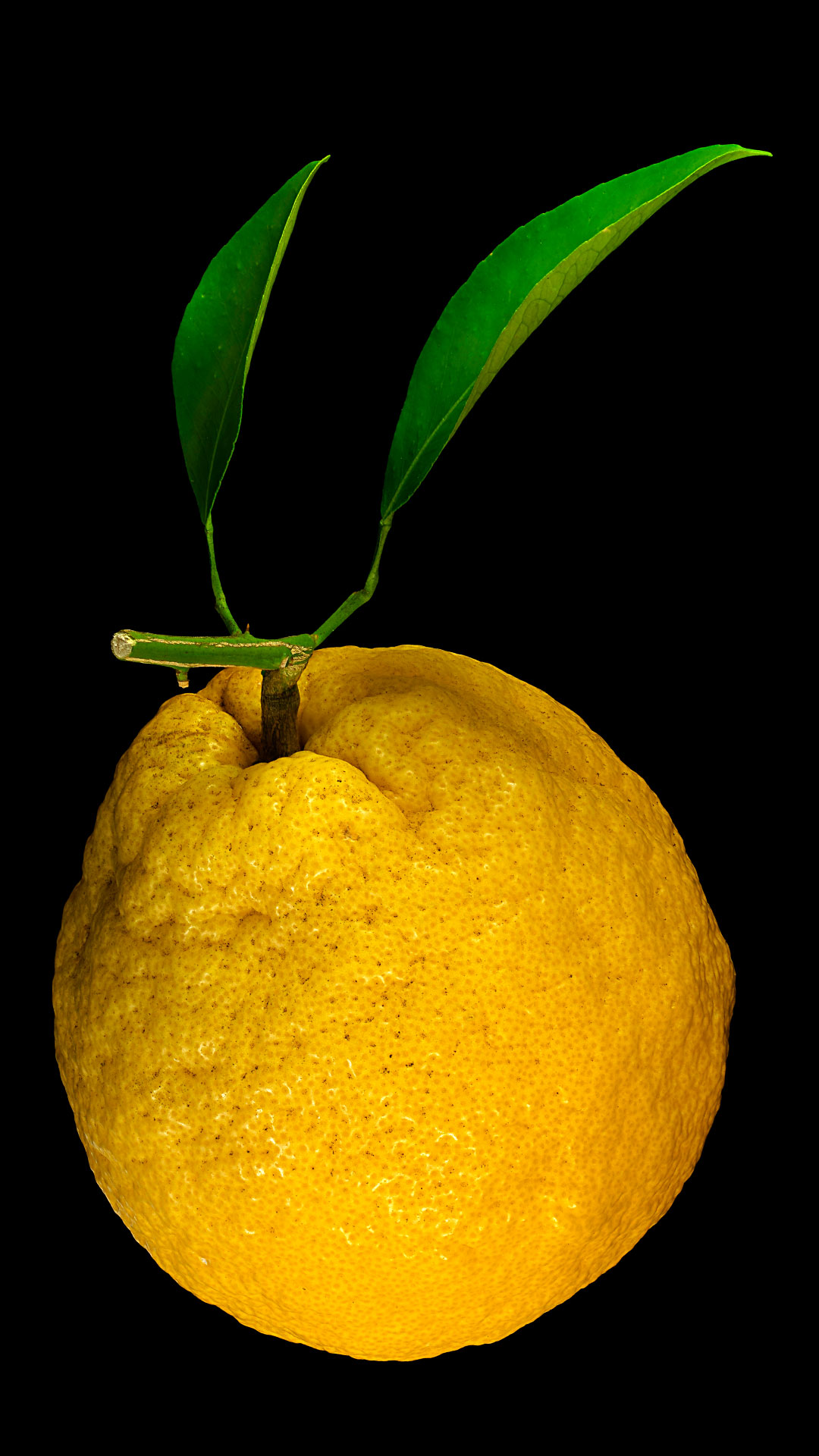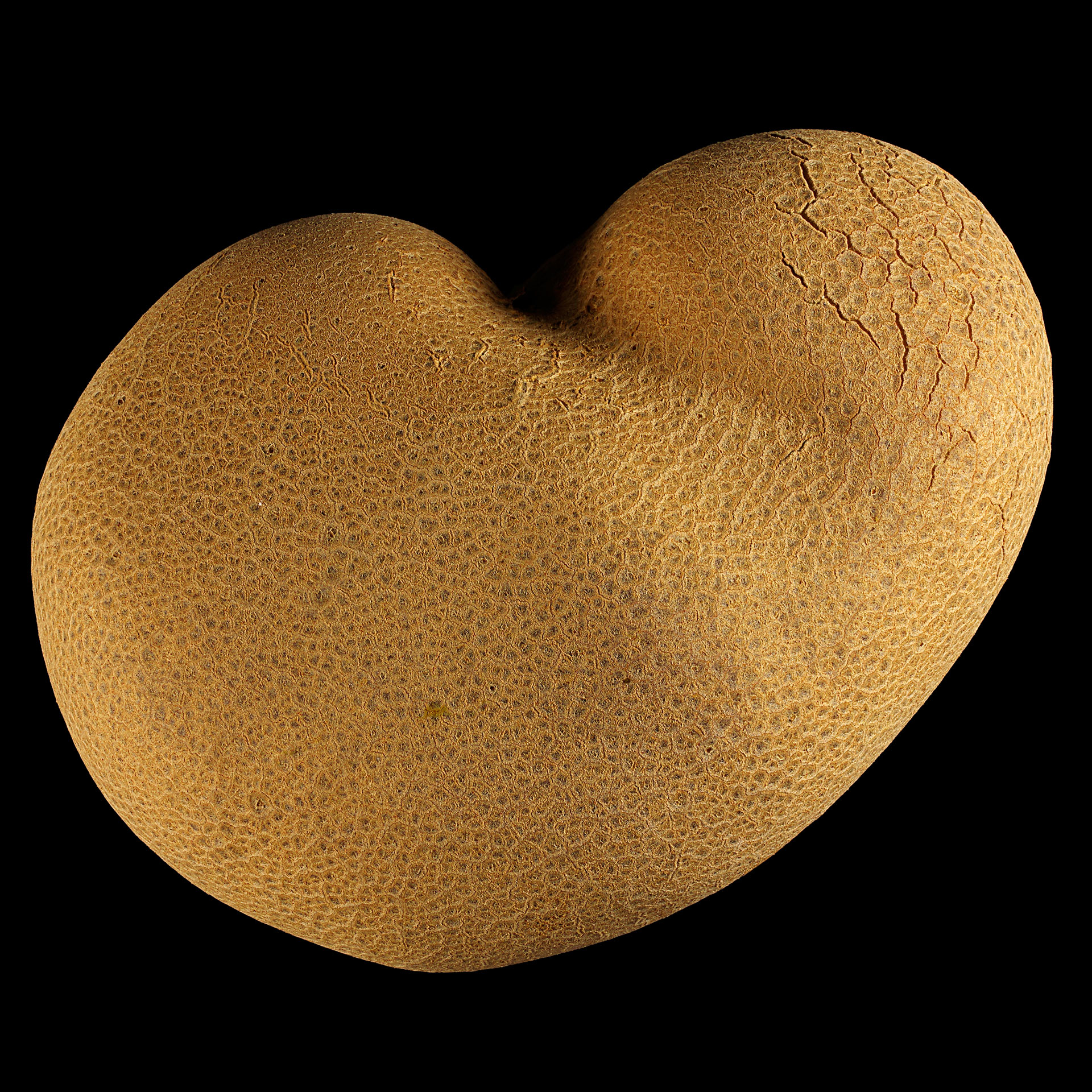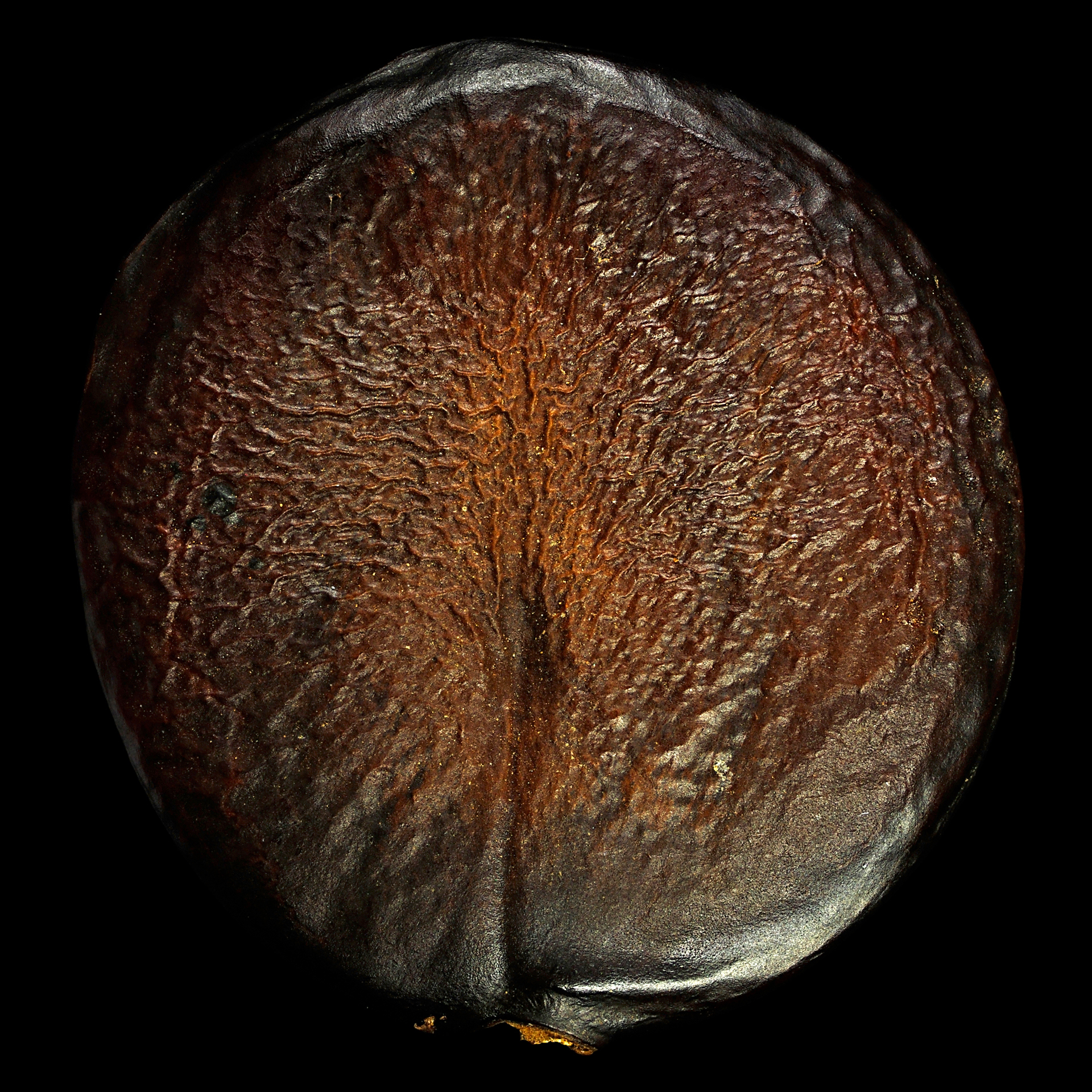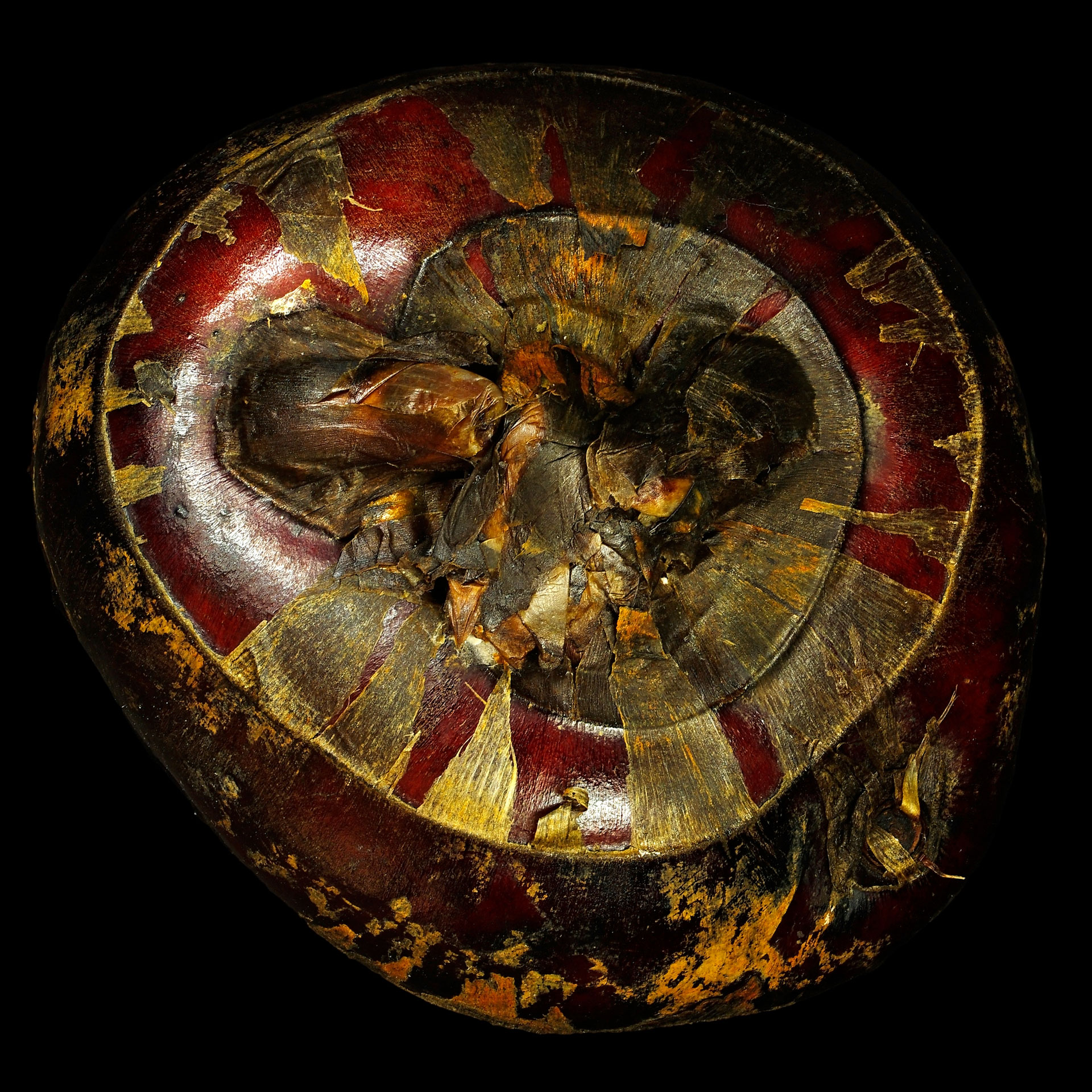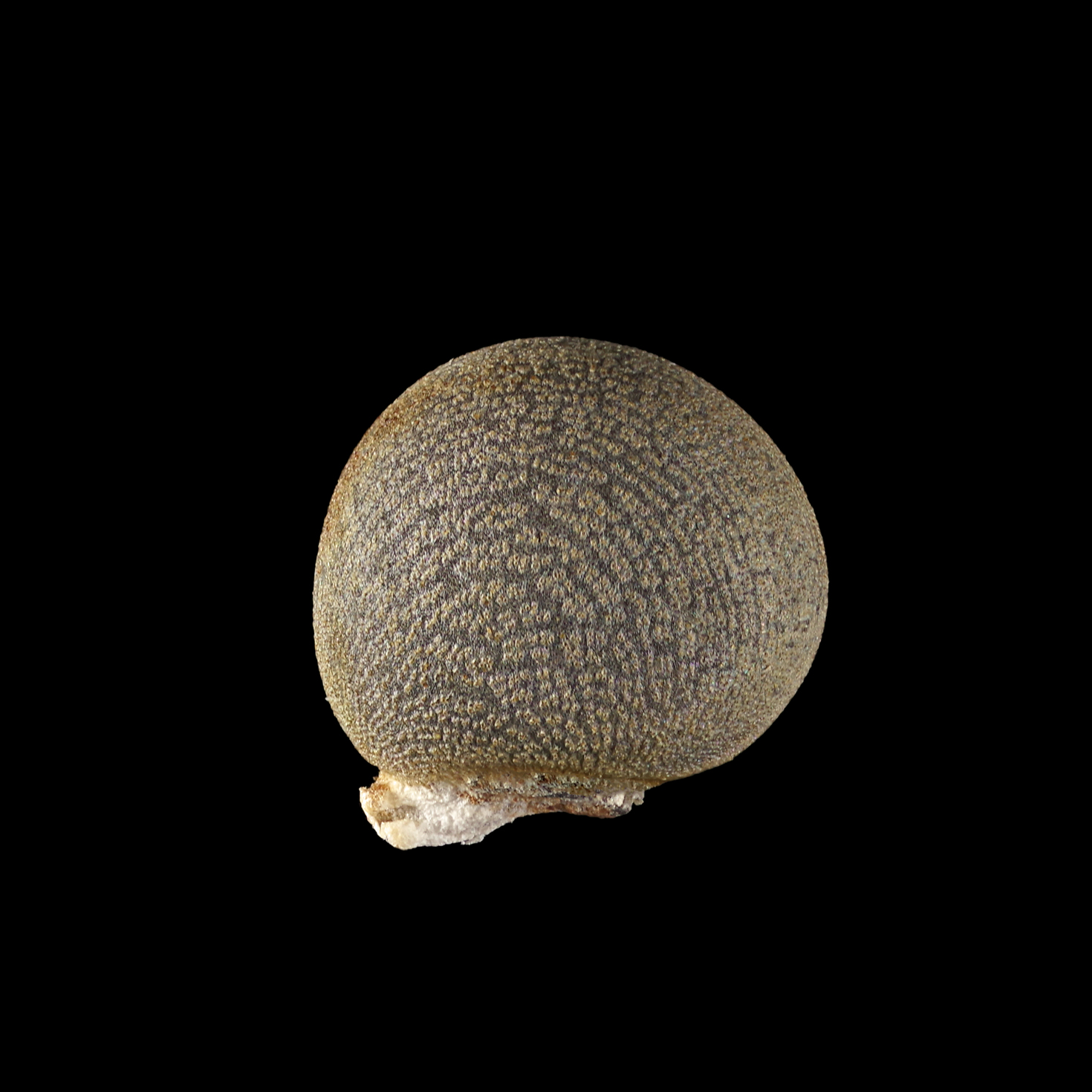Search Results for Southern Africa
The fruits of the natal plum, which are red when ripe, have a creamy, soft consistency and taste sweet.
Sorghum is a staple food in parts of Africa (especially West and East Africa) and India.
The horned cucumber or african horned melon is indeed related to cucumbers and melons. The green jelly inside tastes like a mixture of both, it is a bit sweet and has little acidity.
Welwitschia is not a real food plant, but in emergency situations (getting lost in the Namib desert) the core in the flower axis can be eaten raw or roasted.
This wild form of african rice is used in times of food scarcity until today and is sometimes even sold as a crop at local markets.
The numerous, tiny seeds are collected wildly in times of food scarcity, slightly roasted and ground into a flour from which a thin meal soup or porridge can be prepared.
The texture and taste of the tubers are reminiscent of ripe coconuts.
Like most wild forms, also those of rye are not particularly productive and are rarely or no longer cultivated today in contrast to the cultivated forms.
The name „Amanatsu“ means „Sweet Summer“. The sun-yellow fruit is about the size of an orange. In Japan iIt is eaten fresh or processed into jam, juice, ice cream, liqueur and wine.
The grains are edible raw and cooked: crushed into porridge or ground into flour from which bread can finally be baked.
Just like fruits, such arilli can be very fleshy and taste sweet.
The tubers of this Yam grow far above the ground in the leaf axils of the liana. Nevertheless, these can be quite large and heavy.
All parts of the tree smell of garlic and are used locally as a spice. Leaves are cooked as vegetables.
Water chestnuts are usually peeled and then cooked. When cooked, the white tuber tissue retains its crunchy consistency, reminiscent of firm apples.
The deep red colour of the Red Velvet Okras gets lost during cooking, the fruits turn as green as ordinary okra pods when heated.
The ripe seeds of the okra or okro can be roasted and nibbled or used as a coffee substitute.



